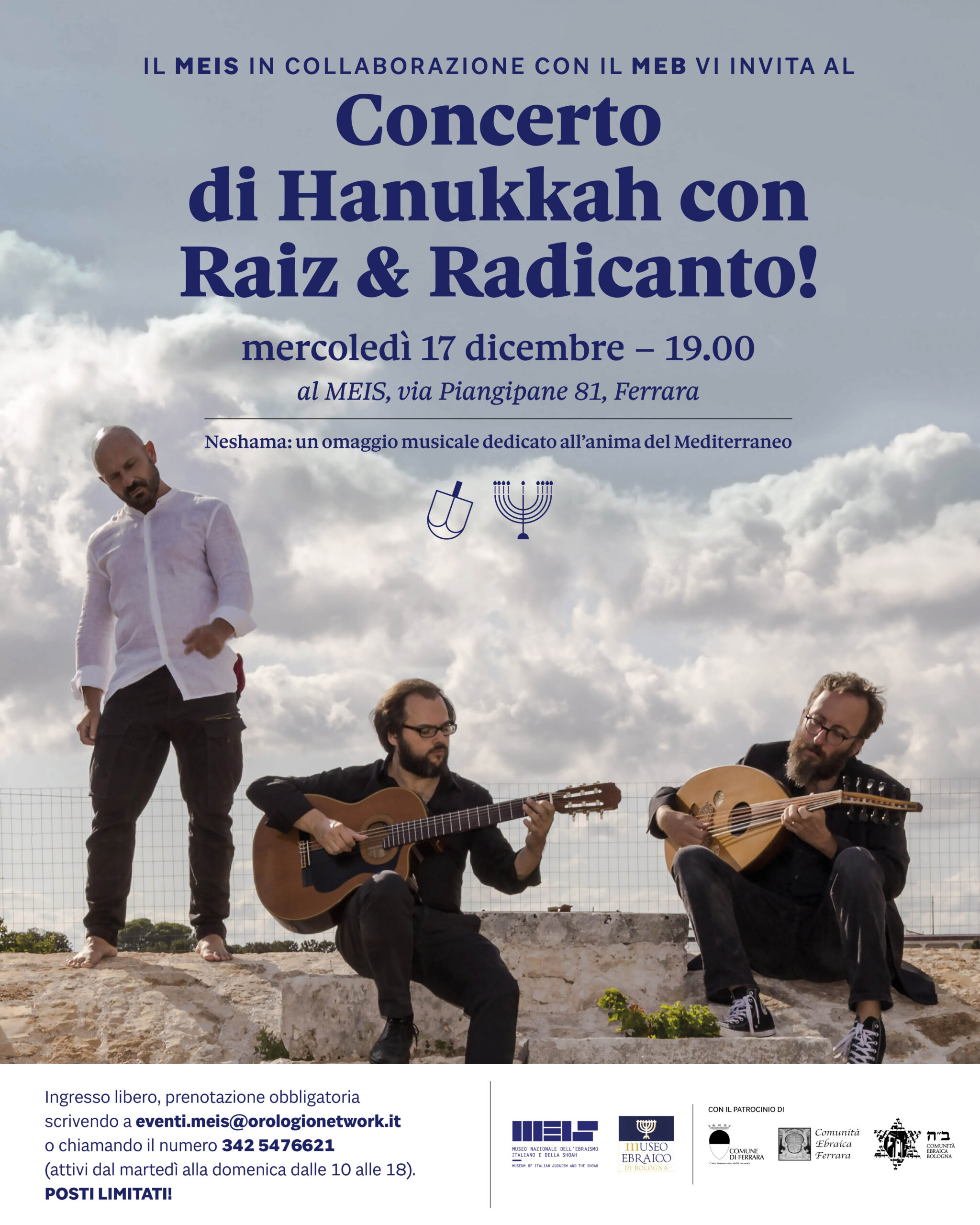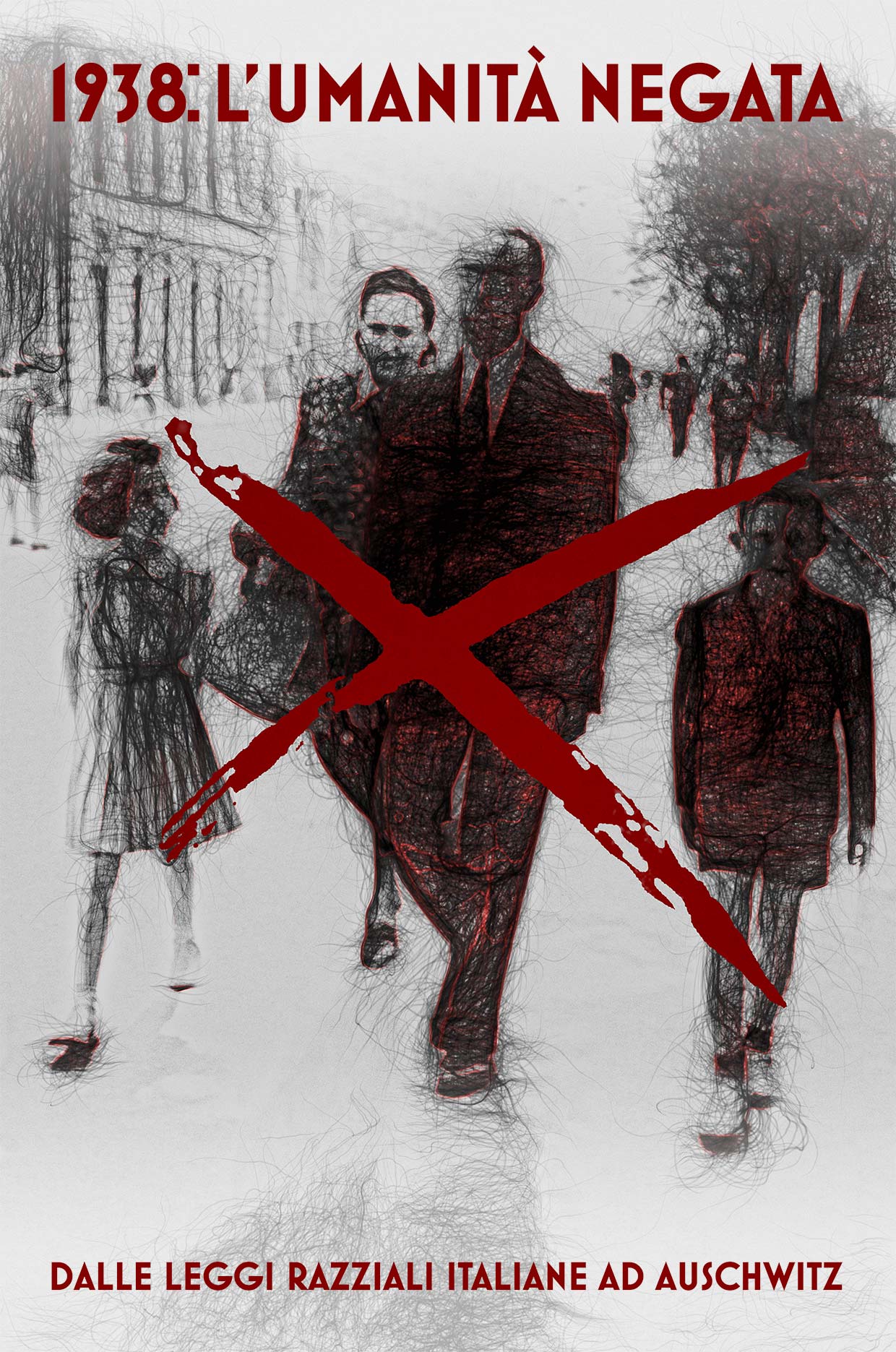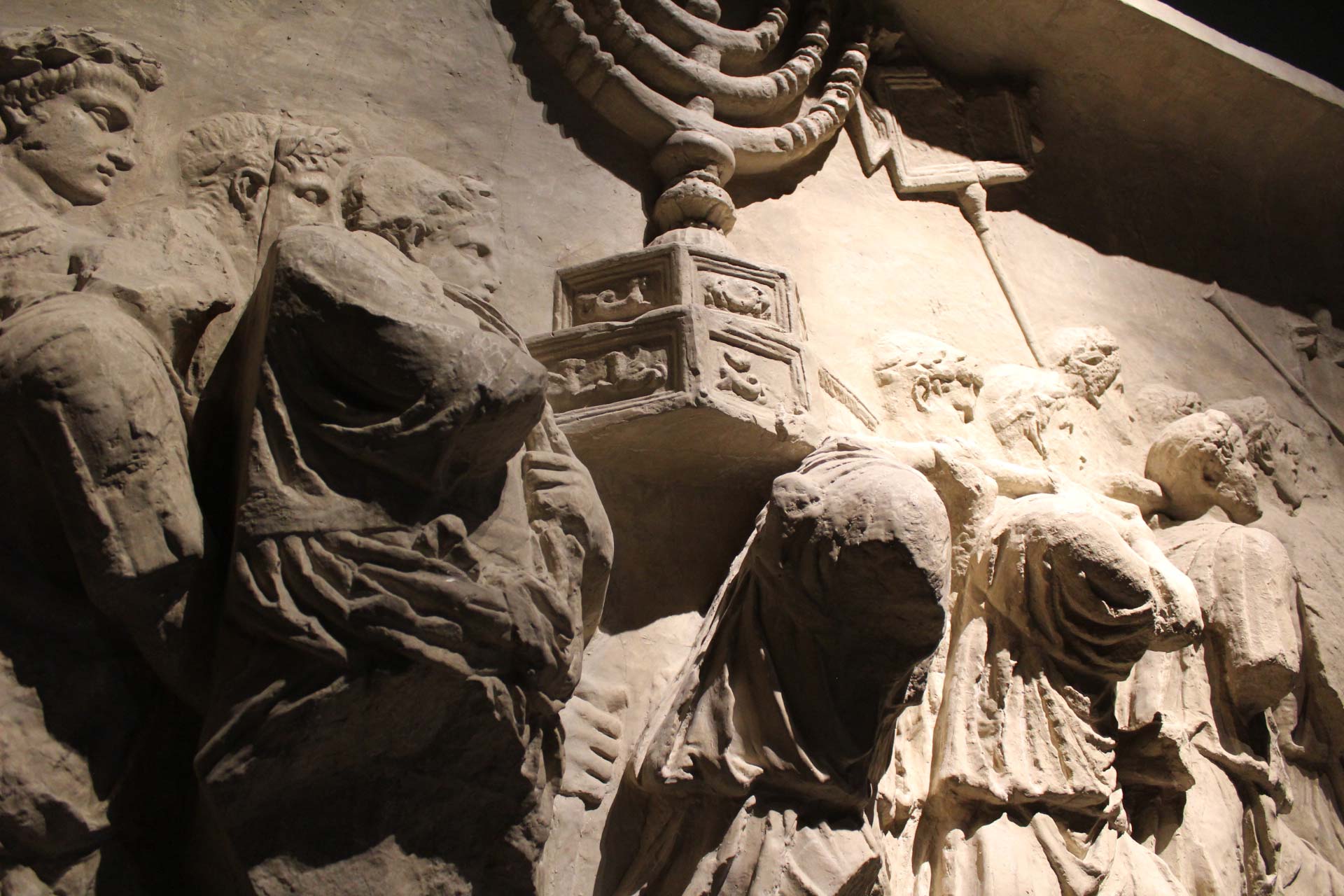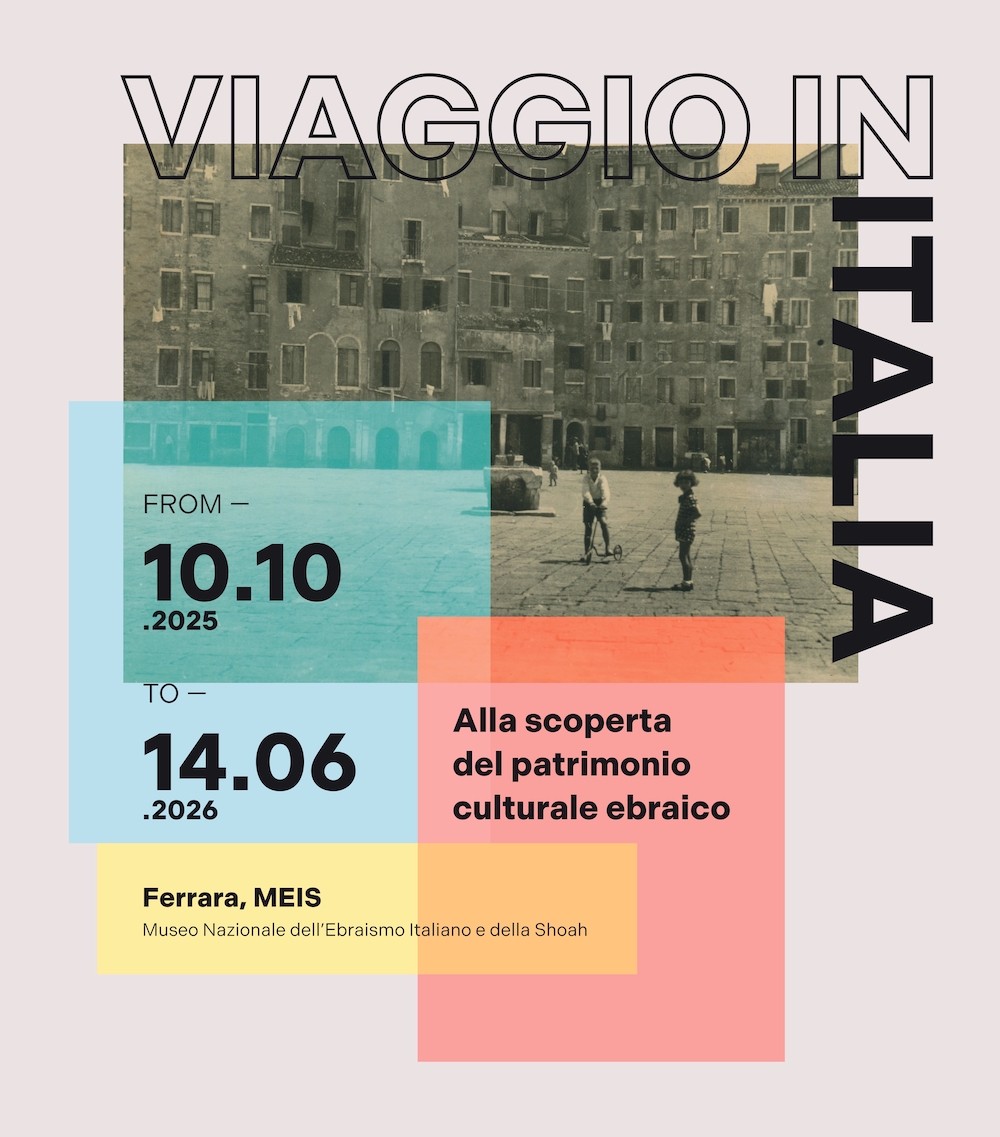
A former prison for Jews unlocks their ancient Italian history
BY VICKY HALLETT
Ready for a quick history lesson?
About 1,952 years ago, Rome sacked Jerusalem. Its soldiers carried off the treasures of the temple and thousands of Jews. The money and slave labor were then used to build a gigantic amphitheater you’ve probably heard of. It’s called the Colosseum.
So there’s no denying that Jews have been in Italy for a very, very long time. It’s the most ancient community of Jews in the Western world, one that has withstood centuries of sorrow and tsoris while producing some of the nation’s most important thinkers and writers.
And it’s a topic that’s the center of attention at the National Museum of Italian Judaism and the Shoah. (In Italian, that’s Museo Nazionale dell’Ebraismo Italiano e della Shoah, or MEIS for short.)
To explain the mission of MEIS, director Simonetta Della Seta poses a question: How is this museum different from all other Jewish museums?
For starters, don’t call it a Jewish museum. Instead, it’s “a national museum dedicated to Jews,” Della Seta says. MEIS exists because of a 2003 Italian law calling for the creation of an institutional space to teach about the Holocaust, and its mandate was soon expanded to cover all aspects of Italian Jewish life. Della Seta, an academic, journalist and diplomat who comes from a family of Holocaust survivors, is just as adamant that MEIS is not a memorial museum. “If you’re going to speak about Jews as dead people, it’s not me,” she says. “Items under glass is not me.”
So it’s fortunate, she says, that MEIS is not organized around any sort of collection. That means MEIS can start with a narrative thread, then solicit loans to help tell those stories. “Italy is crowded with documents and objects,” she says. “For the first time, we’re asking, ‘What do we have?’ ”
MEIS is not even remotely close to being finished. Architectural plans call for five additional adjoining glass buildings — representing the five books of the Torah — that will eventually hold an auditorium, restaurant, archive, educational spaces and a youth wing. None of them has been built yet.
That didn’t stop the museum from opening late last year in Ferrara, Italy, a gorgeously green city about 70 miles south of Venice. The UNESCO World Heritage site — renowned for its medieval and Renaissance architecture — has also been a vital center of Jewish life in Italy for 1,000 years or so, most notably
during the reign of the House of Este, whose leaders encouraged Jews to settle there in the aftermath of the Spanish Inquisition. (Della Seta recounts the story of Gracia Mendes Nasi, a wealthy entrepreneur who pretended to be a Catholic while living in Lisbon, Antwerp and Venice. It wasn’t until she moved to Ferrara
in 1549 that she was able to practice Judaism openly.)
As in the rest of Italy, Ferrara eventually became less welcoming and forced its Jewish residents into a ghetto. Later, during the Nazi occupation, Jews were
kept at the city’s prison before being delivered to concentration camps.
That same prison, which was put out of commission in the 1990s, is where you’ll now find MEIS. Its debut exhibit, “Jews, an Italian Story. The First Thousand
Years,” is on display in what was the men’s quarters. The crumbling building that housed female prisoners has been razed to make space for the museum’s
future expansion. In the meantime, it’s the “Garden of Questions,” an inviting labyrinth of herbs — made of passages lined with sweet bay, myrtle, lavender
and marjoram — that walks visitors through an explanation of Jewish dietary laws.
But first, it’s time for the multimedia show “Through the Eyes of Italian Jews,” which promises “2,200 years of Jewish history and culture in 24 minutes.” The
film, shown with narration alternating between Italian and English, relies on paintings, texts and photos to deliver a rather depressing crash course. It’s also a
reminder of all of the material the museum can tackle in the coming years. Next up, in 2019, will be an exhibit focused on Jews in the Renaissance.
And certainly, MEIS will develop into a place for Italians to account for their role in the Holocaust. “We have to face that many Italians helped the Nazis,”
says Della Seta, noting that this year marks the 80th anniversary of the country’s anti-Jewish laws of 1938.
A walk through the first exhibit offers a window into the MEIS approach. Because Jews came from the desert, visitors do, too — with the help of windy sound
effects and towering video screens. Then it’s on to an explanation of these origins using three elements emphasized throughout the museum: maps, timelines and experts. To hear from leading academic authorities on each topic, simply walk up to a screen and stand under a speaker to hear them offer about a minute of insight. (They speak Italian, but the captions are in English.)
Rooms aren’t crowded with objects. Rather, each one commands space to tell its own story, such as the 1470 print of a book by historian Flavius Josephus, whose writings during the 1st century offer much of what we know about Jewish life from the time. The marble statue of Emperor Titus was buried in Herculaneum in A.D. 79, just nine years after he was responsible for the destruction of Jerusalem. Both Romans and Jews thought that the volcanic eruption was a punishment, Della Seta says.
In the next room is the epitaph of a 25-year-old Jewish woman, Claudia Aster, that reveals she was born in Jerusalem and brought to Italy as a slave. On loan from the National Archaeological Museum of Naples, it’s a prime example of the kind of will find more appreciation in this setting. “Here, there’s context,” she says, with a video evoking the burning of the temple on one side and a reproduction of Rome’s Arch of Titus (which depicts the looting of the temple) on the other.
Even before the arrival of these slaves, there was a growing Jewish community throughout southern Italy. One sign of this presence is the existence of Jewish
catacombs dotted with meaningful symbols, such as menorahs. These underground cemeteries are challenging to visit, both logistically and physically, but MEIS offers easy access to several of them, thanks to detailed re-creations. (Look for the graffiti on the walls.)
The exhibit also highlights Jewish artifacts found in various regions of the country, and surveys the contributions of early Italian Jews who made their mark via writing, science, music and many other pursuits.
Although it only takes visitors up to the Middle Ages, the themes feel surprisingly modern. “This is a time of migration,” says Della Seta, who insists that people
today have much to learn from centuries of Jewish experience and resilience. And this knowledge, she adds, can serve as a tool to combat a recent swell of
anti-Semitic sentiment.
The most visible effect of the arrival of MEIS so far has been on Ferrara, which is once again embracing its role as a hub of Italian Jewish culture. On June 10, the museum will host the city’s annual Jewish book festival, featuring a full day of author presentations.
At the tourist information office, visitors can grab a new city guide ($4) featuring a detailed walking itinerary for those interested in Jewish Ferrara. It directs them through the former ghetto; its gates were just off the grand Piazza Trento Trieste. The synagogue (which remains closed for restoration following a damaging earthquake in 2012) is on Via Mazzini, one of the city’s main drags. Just beyond that are several quiet cobblestone streets with other significant sites, including the “Scola Spagnolo” (where Sephardic Jews once gathered) and the house of renowned physician and philosopher Isacco Lampronti.
Other than MEIS, there’s only one other site on the tour that’s open to visitors: the Jewish Cemetery, which dates to at least 1626 and is still in use today. While rambling through the grass of the enormous property — which extends back to the bike path along the city walls — it’s hard not to wonder what the people under those tombstones would think about the new museum.
But Della Seta speaks for them: “This is needed in Italy.”
travel@washpost.com
Hallett is a writer based in Florence. Her website is vickyhallett.com.
Altri contenuti
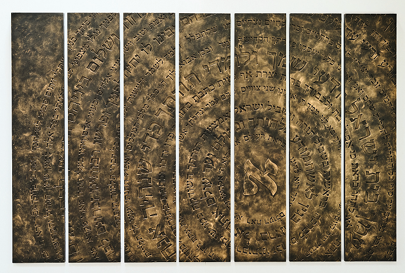
Dimore di luce

29 gennaio, Processo a Priebke. 30 anni dopo

Italia Ebraica nel mondo, 11 dicembre

Scatti di Storia, 4 dicembre
